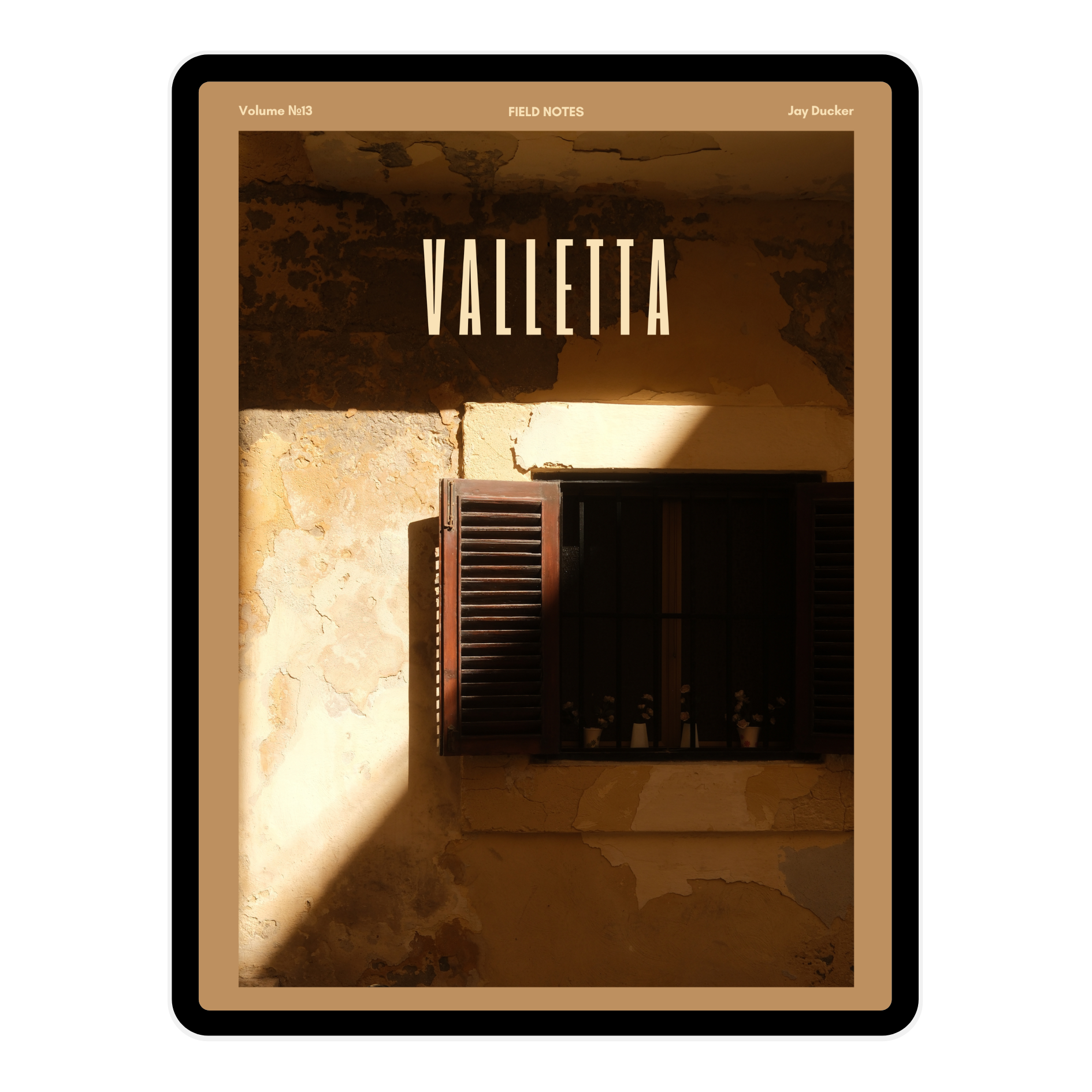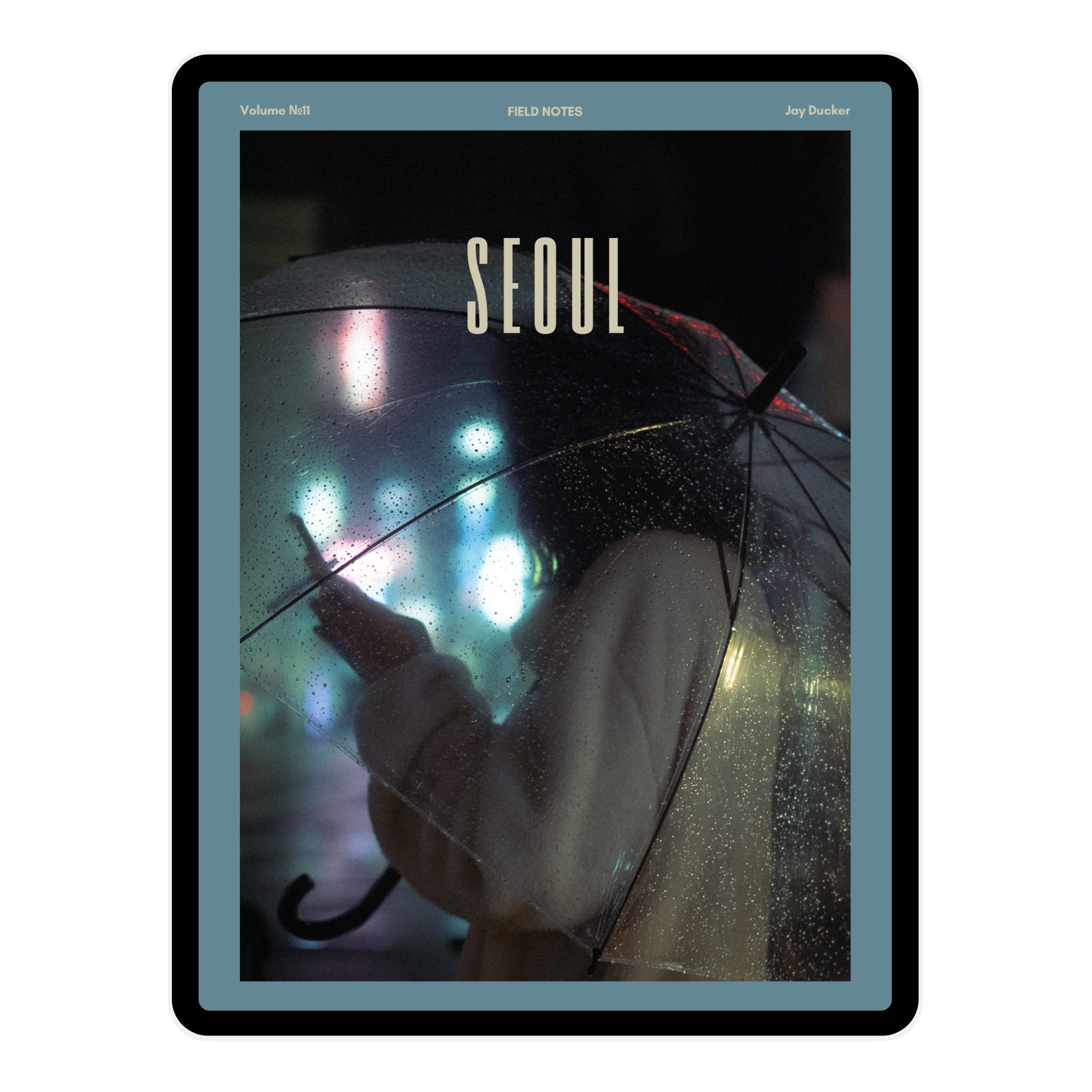Ricoh GRIIIx vs. Fujifilm X100VI: The Best Travel & Street Photography
When it comes to compact cameras for street and travel photography, two names often stand out: the Ricoh GRIIIx and the Fujifilm X100VI. Both are excellent choices, but they cater to different shooting styles and priorities. If you’re debating which one to pick up in 2025, here’s a detailed comparison to help you decide.
Specifications
Ricoh GR IIIx
Sensor: 26MP APS-C CMOS
Lens: 40mm f/2.8 (full-frame equivalent)
Autofocus: Hybrid AF (Phase + Contrast Detection)
Image Stabilization: 3-axis IBIS
Video: 1080p at 60fps
ND Filter: Built-in
Weight: 262g
Size: Pocketable
Other Features: Touchscreen, USB-C charging, Snap Focus, No EVF
Price: ~$1,049
Fujifilm X100VI
Sensor: 40MP APS-C X-Trans 5 HR
Lens: 35mm f/2 (full-frame equivalent)
Autofocus: Hybrid AF with AI-powered subject detection
Image Stabilization: 5-axis IBIS
Video: 6.2K 30p, 4K 60p, F-Log2, 4:2:2 10-bit
ND Filter: Built-in
Weight: 521g
Size: Compact but larger than the Ricoh
Other Features: Hybrid OVF/EVF, Film Simulations, USB-C charging, Weather Sealing
Price: ~$1,599
Fujifilm X100VI (left) Ricoh GRIIIx (right)
Form Factor & Portability
If portability is your top priority, the Ricoh GRIIIx is the clear winner. It’s truly pocketable, lightweight, and discreet—ideal for street photography on the go. The Fujifilm X100VI, while compact, is bulkier and feels more like a traditional camera rather than a grab-and-go device.
User Experience & Controls
The Fujifilm X100VI shines when it comes to tactile controls and shooting experience. Its dials, buttons, and hybrid viewfinder make it feel like a classic rangefinder. The Ricoh GRIIIx, on the other hand, is more minimalistic, relying on a touchscreen and a simple control layout.
Image Quality & Megapixels
The X100VI boasts a 40MP sensor, which is fantastic for detail and cropping flexibility. The Ricoh GR IIIx, with its 26MP sensor, still delivers excellent image quality but doesn’t offer the same level of resolution. That said, for most street and travel photographers, 26MP is more than enough.
Fujifilm X100VI (left) Ricoh GRIIIx (right)
Film Simulations vs. Custom Profiles
Fujifilm’s renowned Film Simulations give the X100VI an edge in terms of in-camera colour science and creative options. The Ricoh GRIIIx allows for custom JPEG profiles, but they aren’t as polished or varied as Fujifilm’s Film Simulations.
Video Capabilities
The X100VI offers serious video specs, including 6.2K 30p and 4K 60p with F-Log2, making it a viable hybrid camera for both photo and video. The Ricoh GRIIIx is strictly a photography tool, offering only basic 1080p video recording.
Which Camera Should You Choose?
Choose the Ricoh GR IIIx if you prioritize portability, quick street photography, and a truly pocket-sized camera.
Choose the Fujifilm X100VI if you want a more immersive shooting experience, superior image quality, and high-end video features.
Ultimately, both cameras are fantastic in their own ways. If you want a no-fuss, always-with-you camera, go for the Ricoh GRIIIx. If you love the Fujifilm shooting experience and want higher resolution, the X100VI is the better choice.
Help support this ad-free blog by checking out my products below
*This post contains affiliate links and I will be compensated if you make a purchase after clicking through my links.
As an Amazon Associate I earn from qualifying purchases



















